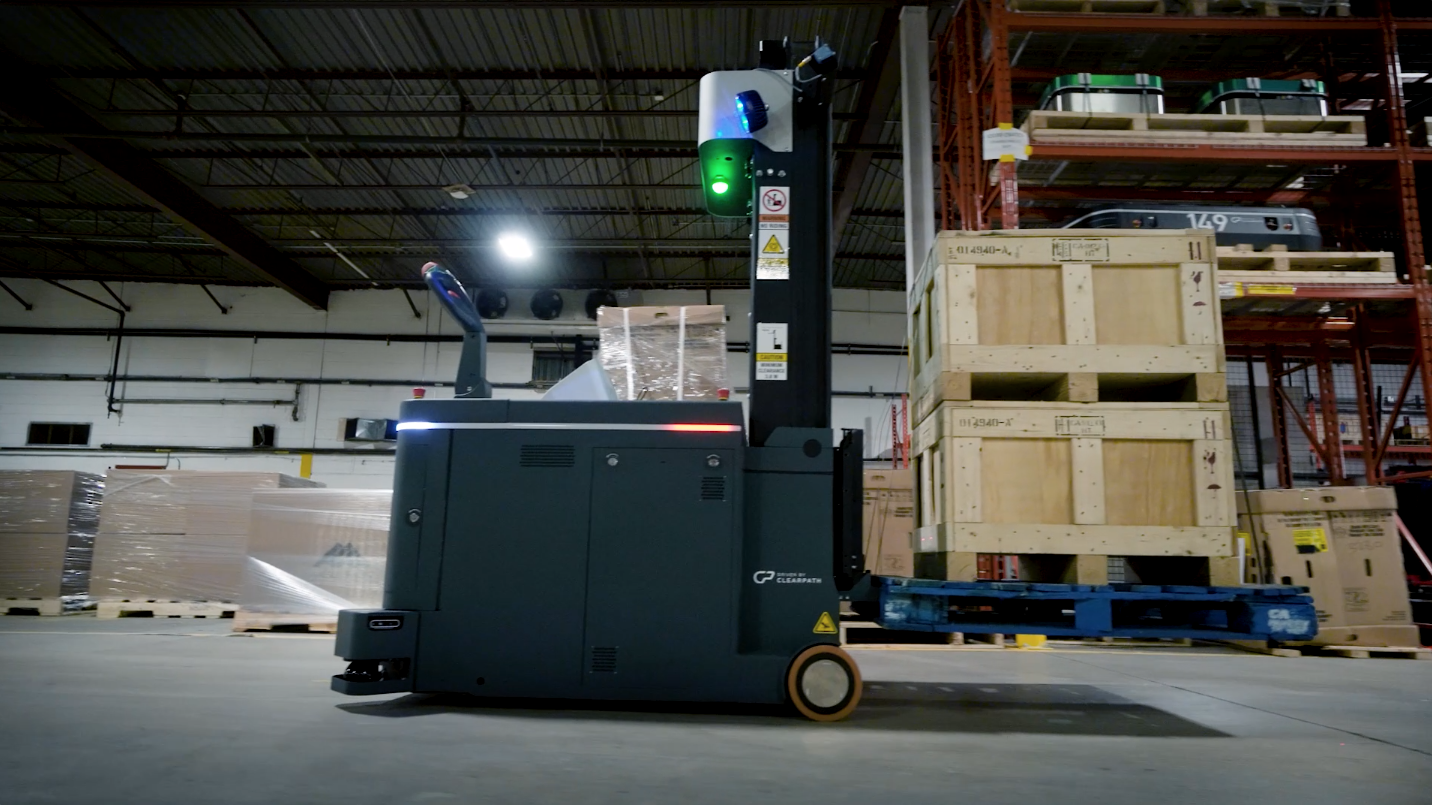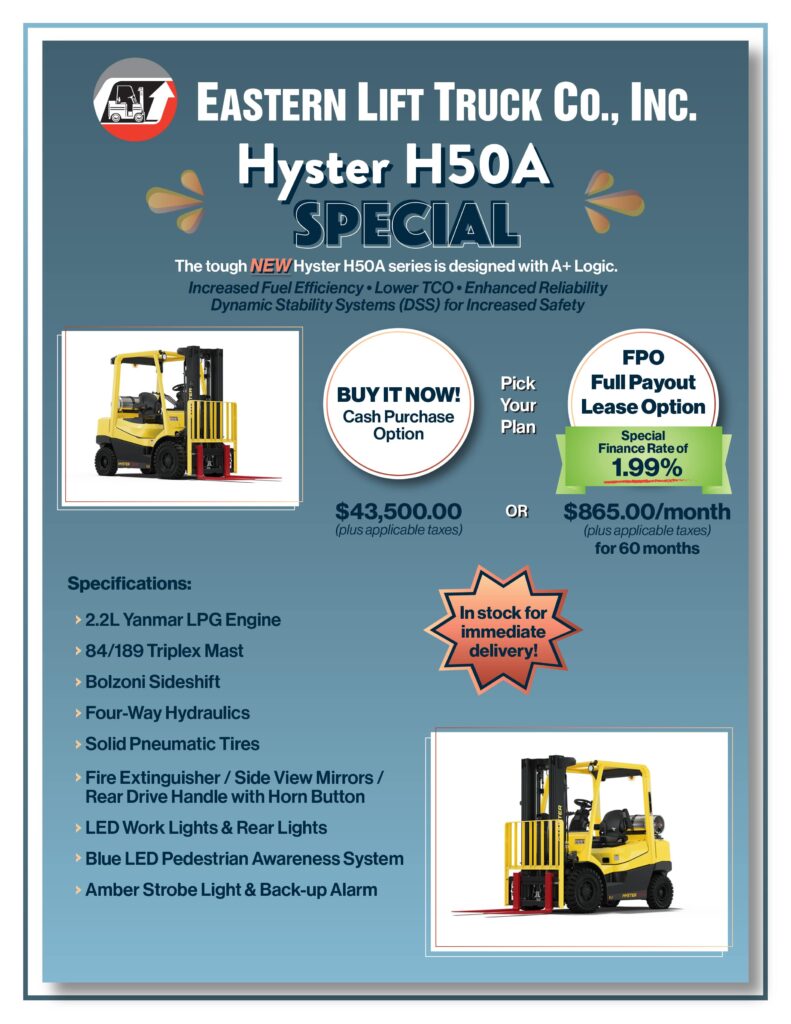
If you are investigating automating pallet moves in your facility, there are three main things you will need to consider.
AGVs vs AMRs – Know the difference
Some people interchange the terms AGV and AMR freely when there really is a technological difference between the two. AGV stands for an Automated Guided Vehicle while AMR stands for Autonomous Mobile Robot. One of the main differences is how they move through your facility.
Traditional AGVs must follow a discrete and limited path involving wire (or tape-on-the-ground) guidance. While newer AGV technology does not require infrastructure (wire or tape), these units are still designed to follow a “digital wire” or path that is built into their software. An AMR requires no such pathway. It is designed to be free to work in a given space and its software decides the optimal pathways to arrive at its destination(s).
When something blocks the path of an AGV it stops and waits for the obstacle to clear. On the other hand, AMRs have the freedom to move around objects or find a better way to maneuver inside the building, if allowed. The increased travel time is a significant gain in efficiency that is usually not represented in a simulation or fleet estimation.
Understanding Job Density
Your best ROI comes from eliminating manual horizontal transport of pallets and should be your first consideration when thinking about how to automate your facility. While fleet management software is able to oversee an unlimited number of pick and drop combinations, the most efficient systems benefit from consolidated pallet pick and drop locations.
For example, setting up staging lanes (locations with multiple pallets) at dock doors for pallet retrieval is better than setting up multiple single pallet locations. The same holds true for drop-off locations. Instead of designing a system with multiple drop pallet points at the end of different aisles, consider dropping pallets at a more central location for a more efficient system. Human operators are still faster and more efficiency at skilled and complex actions like putting pallets into more confined locations or putting away at height. When designing a facility workflow, reduce automation costs by picking up pallets from a large staging area and dropping them off at smaller staging areas throughout the facility and allow manual operation to handle short runs within the warehouse.
Dead End Missions
If you are automating a pallet transfer in one direction, a best practice is to identify additional jobs for the robots to do when returning to a pick location or parking area. In some instances, there may be no required work following a robot’s return trip. In these situations, creative thinking is helpful. One example would be to use this time to have the robot take out the garbage. There have been some instances where facilities have designed garbage bins or empty pallet skids with fork pockets so that the AGV or AMR can bring them to the appropriate location. This would normally be done manually and something that would not be considered to automate.
If you’re interested in automating your material handling application, make sure you reach out to ELT Systems Group and see how we can help.
Contact the systems group or Jason Dodge directly for further information and to get started on your project today.
Jason Dodge
Automation Manager | Systems Division
Eastern Lift Truck Co., Inc.
Cell: (609) 605-1043
Email: jdodge@easternlifttruck.com


























